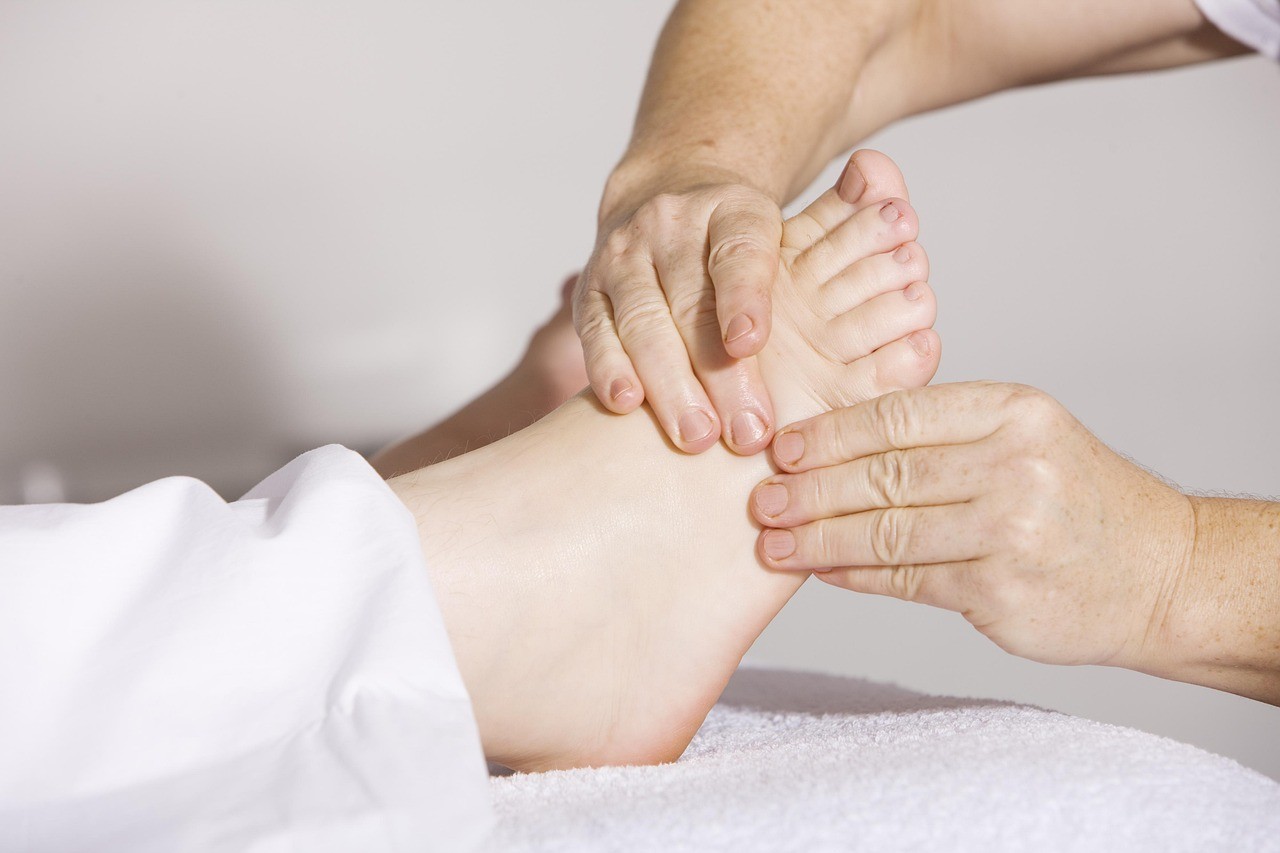
Aims and Objectives
The main aim of the VTCT (ITEC) Level 3 Diploma in Reflexology for the Complementary Therapist is to enable learners to gain the necessary practical and theoretical skills in order to provide reflexology treatments to the general public and to gain employment in the complementary therapy industry. This qualification is suitable for learners aged 16 and over and is designed to provide occupational competence at level 3. It also provides a sound platform into further training at a higher level.
Content
This qualification is for learners who want to work within the complementary therapy industry. The qualification consists of 4 mandatory units with a total of 296 hours of Guided Learning (GL) to achieve the full qualification.
The course consists of 4 units of study:
iUCT21 Principles and Practice of Complementary Therapies
iUCT32 Provide Reflexology for Complementary Therapies
iUCT34 Business Practice for Complementary Therapies
iUCT38 Knowledge of Anatomy, Physiology and Pathology for Complementary Therapies
The units highlighted above in black bold are taught online as part of your homestudy. The other unit iUCT32 Provide Reflexology for Complementary Therapies is taught BOTH online and within your class sessions.
The main skills the learner will perform are:
-
Consultation – to include clinical observations of the client such as condition of skin, hair and nails, posture, body language and vocal tone, recognising contra-indications, explaining possible contra-actions and providing aftercare and home care advice
-
Health, safety and hygiene – contextualised to the environment in which you are working
-
Reflexology techniques – to include carrying out a visual analysis of the feet, relaxation techniques, supporting the feet correctly, a variety of reflexology techniques such as thumb walking, finger walking, pivot, hook and rocking, adapting the techniques to suit the client’s specific needs, maintaining professional posture and locating zones, transfer lines and cross reflexes on the hands and feet
The learner will also learn about current legislation and working practice requirements and client care and communication which is essential to work and be successful in the industry.
This qualification also provides:
-
The related knowledge and understanding required to perform the reflexology skills listed above effectively, in particular the anatomy and physiology of the body and common diseases and disorders that may affect when a client should or should not receive treatment
-
Knowledge and understanding of the principles and practice of complementary therapies
-
Knowledge and understanding of business practice in a complementary therapies context
-
Opportunities for learners to focus on the development of their wider skills in a reflexology setting such as communicating with clients, working with others and problem solving
-
Opportunities for learners to develop a range of skills, techniques, personal qualities and attitudes essential for successful performance in employment as a reflexologist
Opportunities for employment
-
Complementary health clinics
-
Primary health trusts
-
Beauty salons
-
Spa
-
Cruise ships
-
Hotels or resorts
-
Own clinic
